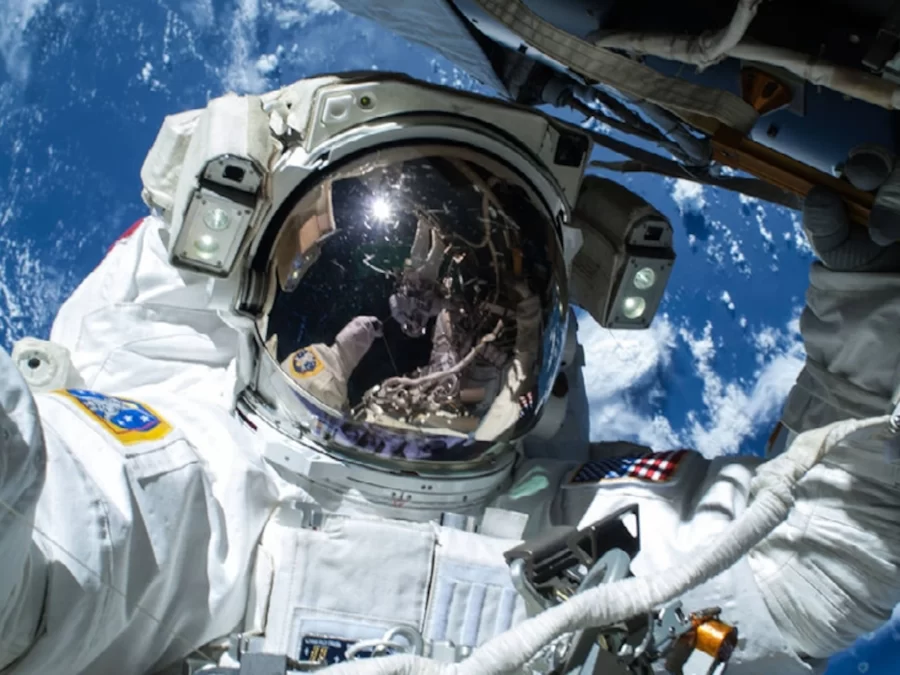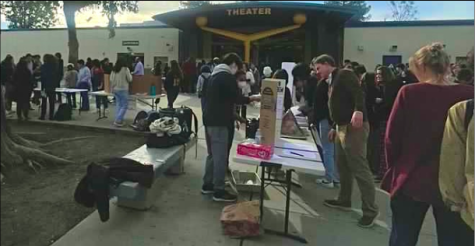So you want to be an astronaut?
Here’s the info you’ll need to visit the stars.
As little kids we were often faced with the dreaded ¨What do you want to be when you grow up?” To please our enquirer, many of us responded with exciting occupations from the president to a soccer player to an astronaut. While the paths to becoming a politician or athlete are pretty well known, how exactly does one become an astronaut and just how grueling is the road to roaming the stars?
First, you need to pick a space organization to apply to. As an American, The National Aeronautics and Space Administration is the most well known and respected. NASA´s recruitment and training program for astronauts is extremely thorough as more than 18,000 applications are received each year. A demanding arsenal of mental and physical credentials and capabilities are required. This includes earning a master’s degree in a Science Technology Engineering or Mathematics field. At least two years of work experience in one of these fields is also required. However, the degree requirement may be replaced with significant experience flying military aircraft (1,000 hours of jet pilot-in-command time to be exact) or a Doctor of Medicine Degree.
If all of this STEM stuff sounds overwhelming, don’t fret. In a conversation with podcaster Tim Ferris, renowned NASA astronaut Scott Kelly stated, ¨I wasn’t really a great math student. Or actually, I wasn’t great at anything.¨ Before Kelly set the record for the longest number of days spent in space, he was a high schooler zoning out in Pre-calc.
Kelly went on to explain that, ¨But eventually, like many things, what I’ve always found in my career, whether it’s in the military, in the Navy, flying airplanes, whether it’s at NASA and that is, how good we are when we start something is not related at all to how good we can become at anything.¨
So whether you enjoy taking integrals or dread basic division, know that with an intense drive, your abilities can be sculpted and eventually launch you among the stars or in any field.
Beyond the educational and work requirements mentioned, applicants must also be U.S. citizens and able to pass the NASA long-duration space physical to be considered. This mandates that aspiring astronauts have vision that can be correctable to 20/20 in each eye, blood pressure that never exceeds 140/90 in a sitting position, and stand between 62 inches and 75 inches (about 5´2¨ and 6´3¨).
Maybe you are 5´1¨ with horrible eyesight like me or 6´5¨ with no interest in studying math or science. Is there still hope for us to explore the cosmos? Well, sort of. If you just want a quick and more leisurely time in space, space tourism may be the answer. In 2021 the budding industry launched realtors, philanthropists, and other astronauts into space. Companies like SpaceX, Axiom Space, and Virgin Galactic are working hard to increase the frequency of these once in a lifetime weightless experiences. However, accessibility is still a distant desire as tickets are selling from $125,000 to $55 million depending on the altitude and duration of the flight and whether or not a stop at the International Space Station is included.
Space tourists also surpass the years of physical and emotional training astronauts must endure to prepare for highly stressful situations like space walks. So, whether you choose to get to space as an Engineering Phd, Marine pilot, or billionaire, know that the diverse paths to the stars are only expanding and beckoning you to explore.













